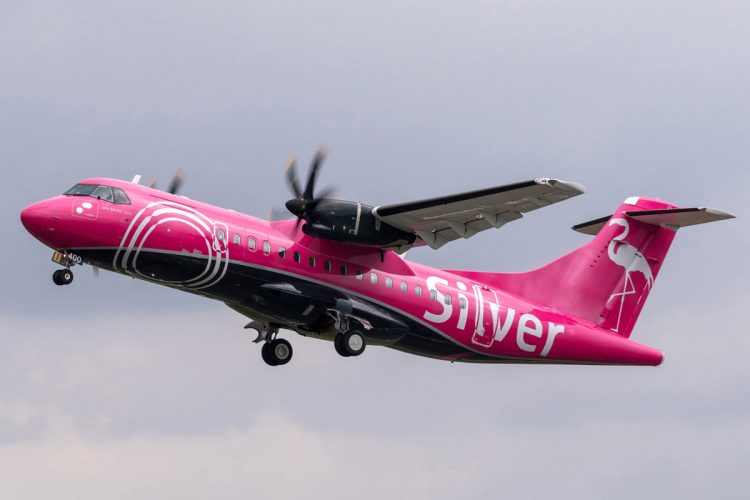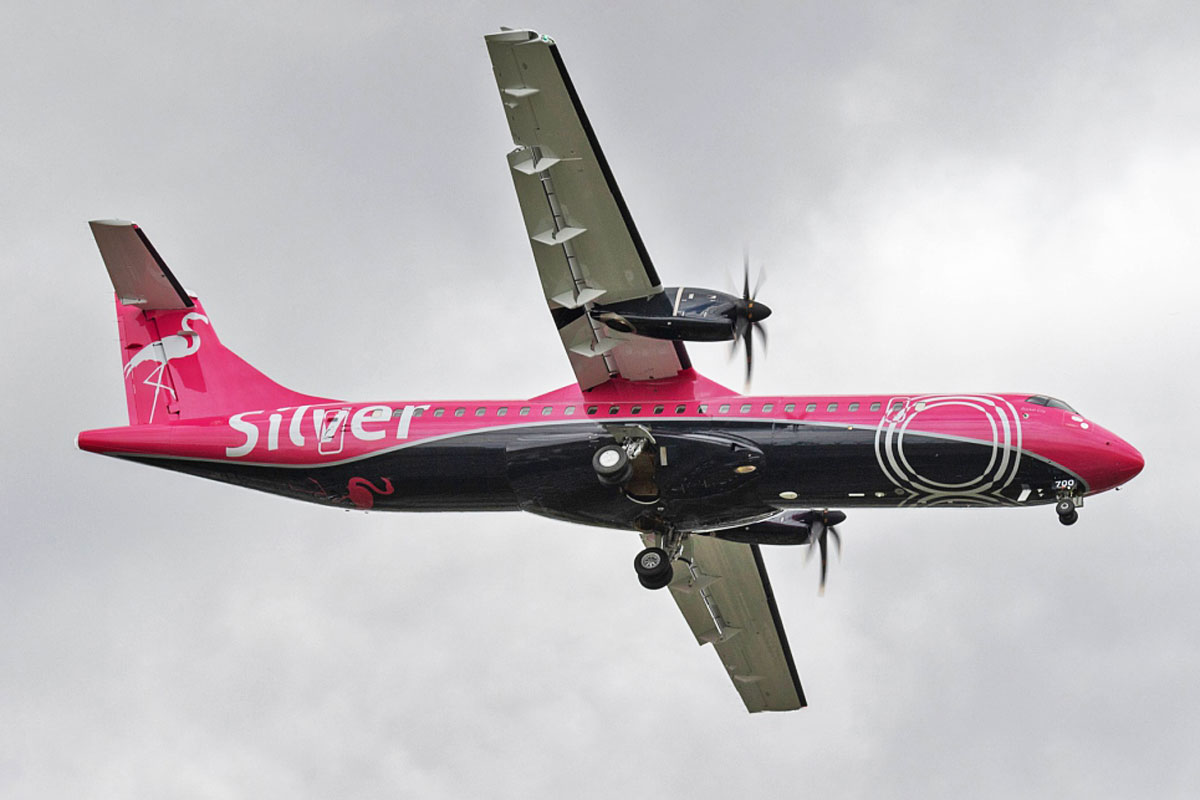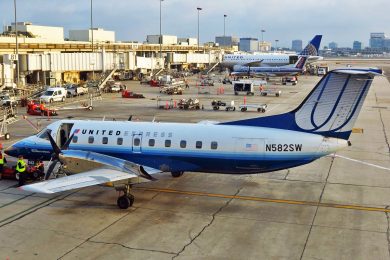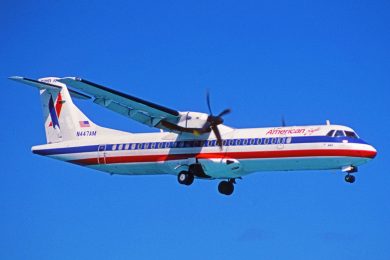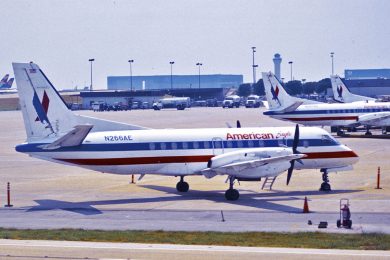According to the Federal Aviation Administration (FAA), up to 5,400 civil aircraft are en route at certain times. The overwhelming majority are commercial jets ranging from regional jets such as Embraer E175, through the 737 and A320 and ending in the huge widebodies, in an estimated fleet of over 7,000 aircraft. When it comes to passenger turboprop, however, this data shrinks dramatically.
Since the advent of regional jets in the 1990s, commercial aviation has seen turboprop aircraft lose appeal as they were replaced by the fastest, quietest models like the ERJ145 and CRJ200. From a vigorous and diverse industry, the manufacturers of these aircraft have shrunk and orders have been scarce mainly in the United States. Currently, the two current representatives of the segment, the French-Italian ATR and the Canadian Dash 8, have about 160 units active in the country.
However, most of these aircraft perform secondary functions such as charter flights, operations in remote regions and also as freighters, such as in Fedex’s 44 ATR turboprop fleet. Flying as a passenger in the US aboard a regional turboprop is rare today. Not to mention small companies, this type of aircraft only has significant operation on Horizon Air, which owns 33 Dash 8-400, and on small Florida-based Silver Airways.
It is precisely Silver Airways that is changing this inhospitable propeller landscape in the world’s largest aviation market. Since April, the small regional company has flown with new ATR 42-600 turboprop engines of which it has six units. Last weekend was the same company debuted the ATR 72-600, the first unit to operate in the United States, which took off from Tampa airport on Saturday and landed in Pensacola.
“This is an exciting time for Silver Airways and regional airline flying as we continue our fleet transformation and focus on providing the highest level of safe, reliable and customer-focused service,” said Silver Airways CEO Steve Rossum. “Starting operations of the new ATR 72-600 aircraft is another great milestone for Silver Airways, ATR, our customers, our airline partners, the communities we serve and our team members. The ATR 42-600 has been well received and highly praised by our customers and team members this year, and we are looking forward to further expanding our world-class service with extended reach in the Southeast US and Caribbean with the new larger ATR 72-600”, he added.
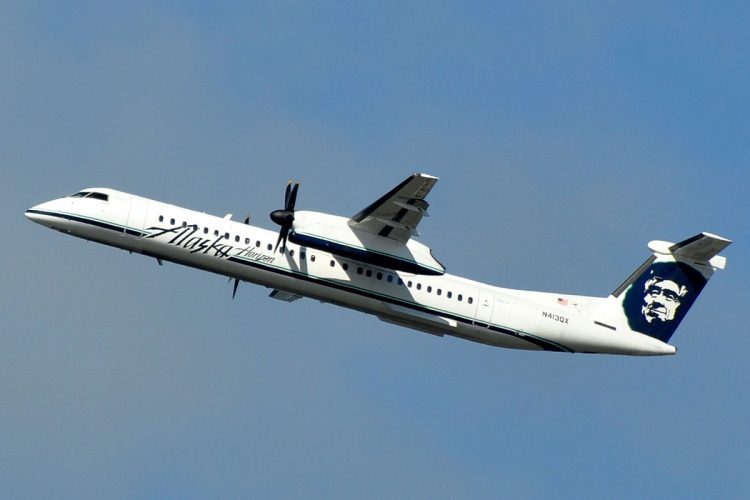
Ideal for shorter distances
It is true that Silver Airways’ initiative is still quite isolated, but it is a change of mindset not only for entrepreneurs but also for the public. Passenger turboprops had a boom period in the 1980s when regional aviation gained in volume to bridge the gap left by commercial jets by replacing old piston aircraft. Simpler aircraft such as the Beechcraft 1900 and the EMB-110 Bandeirante have given way to a new generation of aircraft such as the EMB-120 Brasilia, the British Jetstream and ATP (a redesigned and larger Avro 748), the Fokker 50, the Saab SF- 340, plus Dash 8 and ATR.
Although pressurized and fast, these planes have been shown to have a higher crash rate than the jets and offer a slightly more uncomfortable flight. The advent of the first regional jets, however, overshadowed improvements received by the newer versions, which now feature six-blade propellers and improved acoustic isolation, among other advances.
Not even their profile indicated for routes up to 300 miles was enough to bank them in the US, unlike countries like Brazil where they still have a more significant presence. This is where Silver Airways can end up doing well by providing a service that is little different from jet service but at least 20% lower costs.
As is well known, some manufacturers are re-investing in passenger turboprop. Ex-Q400, the Dash 8 has once again received orders under the direction of the reborn De Havilland Canada which has taken over the Bombardier aircraft line. In Germany, a business group announced the relaunch of the Do-328, a high-wing turboprop created by the now defunct Dornier. At 33 seats, the model also had a jet version, but DRA, the new owner of the production rights, sees greater potential for propellers.
Turboprop, the return
Another manufacturer that has been flirting with the return of the passenger turboprop is Embraer. The Brazilian company has spoken on the subject quite often, although it denies having any definition about it. One of the studies eventually hit the media three years ago and showed an E-Jet family low-wing fuselage aircraft. With 90 seats, the concept, called the Turboprop New Generation (TPNG) would be much more capable than its largest turboprop ever launched, the EMB-120 Brasilia, with 30 seats.
In an interview with Flight Global recently, John Slattery, the company’s CEO, acknowledged that “the next aircraft will likely be a smaller turboprop,” adding that the company may have a second family of two-version commercial aircraft.
The biggest reason for optimism about turboprop return is one obvious fact: the advent of regional jets has caused small communities in the United States to lose air connections to large centers. The opportunity is there, just want to see it as Silver Airways did.
